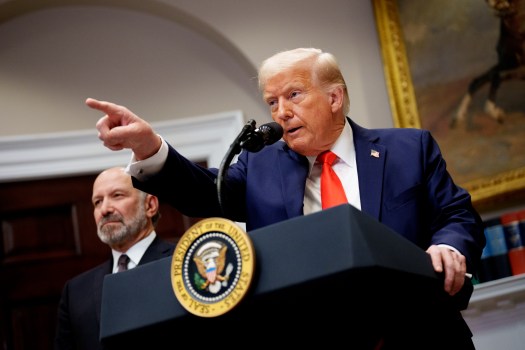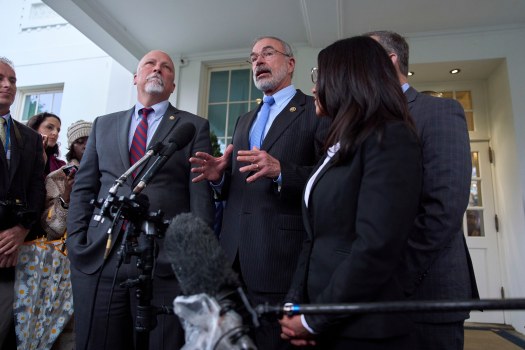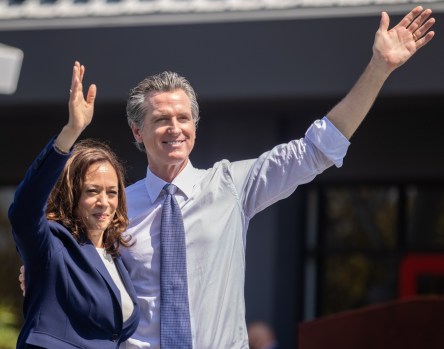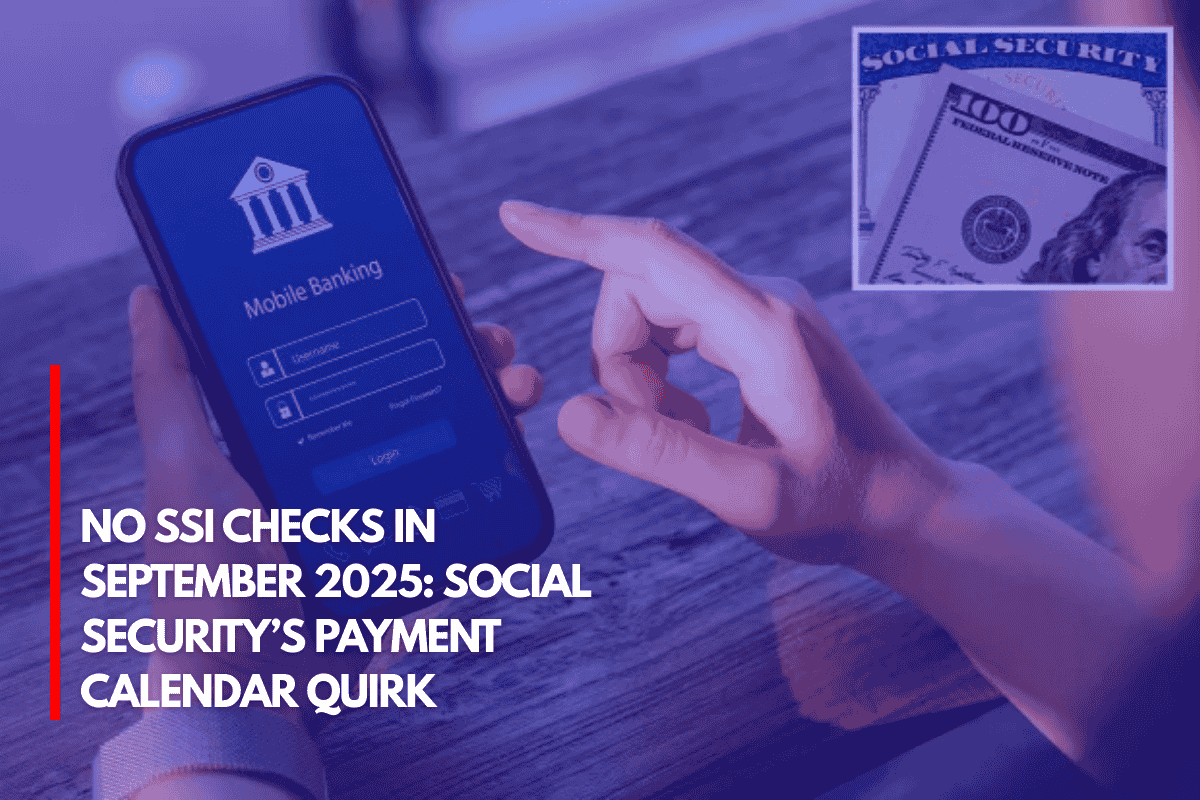President Trump just issued an executive order to rebalance the global pharmaceutical market — by tying U.S. drug prices to the artificially low, government-set prices in other developed nations.
There’s no question that the current market is imbalanced. American scientists develop two out of every three new medicines worldwide — yet Americans pay more per capita for brand-name drugs than the citizens of any other developed country. As Commerce Secretary Howard Lutnick recently summed it up, “America pays for drugs, and the rest of the world free rides.”
The problem, though, is with the freeriding — not with America’s comparatively free market for medicines. Instead of rewarding foreign moochers by importing their price controls, it would be far better for the government to compel other nations to embrace free-market pricing. That would relieve the burden on Americans while spurring more research investments that lead to lifesaving, economy-growing medicines.
Foreign countries’ government-run healthcare systems often give drugmakers two choices: either accept artificially low prices, or don’t sell your drug at all. By the end of 2022, patients in the United Kingdom, Canada, and Australia had access to just 43%, 28%, and 22% of new drugs launched worldwide in the preceding four years, respectively. Patients in the United States, on the other hand, had access to three-quarters of the new drugs. In some cases, governments even coerce companies into accepting artificially low prices by threatening to violate their patents and allow other manufacturers to produce copycat drugs.
Importing other countries’ price-fixing schemes won’t fix this problem. It would merely discourage the risk-taking that leads to scientific breakthroughs. The Congressional Budget Office has noted that expected revenue is one of the most powerful incentives for R&D spending. It costs $2.6 billion, on average, to develop a single medication. So companies need to earn more than that, on average, to make those investments worthwhile.
If the government slashes the expected return on investment by fixing prices, companies will cut back on research. The result will be fewer future cures. And that’s not a hypothetical. The Inflation Reduction Act, signed into law by President Biden, already imposed price controls on select Medicare drugs. Since then, at least 51 research programs and 26 drugs have been shelved. Vulnerable Americans will lose out on treatments for cancer, Alzheimer’s disease, and other chronic conditions.
If the Trump administration wants to address the global imbalance in drug spending, it should go on offense — by using trade agreements to compel our allies to shoulder more of the research and development burden. It could demand that foreign governments adopt transparent reimbursement policies that recognize the full therapeutic value of new drugs — not just their immediate budgetary impact. That would unleash more investment into high-risk research areas — like rare diseases, neurodegenerative conditions, and antimicrobial resistance — that might otherwise go unfunded.
Adopting foreign price controls won’t end the free-riding on American innovation. It would just end American innovation. Instead, it’s time to force our trade partners to contribute their fair share towards the global R&D burden.
Rosa Mendoza is the Founder, President and CEO of ALLvanza. Dee Stewart is President of the Center for Innovation and Free Enterprise (CIFE).












